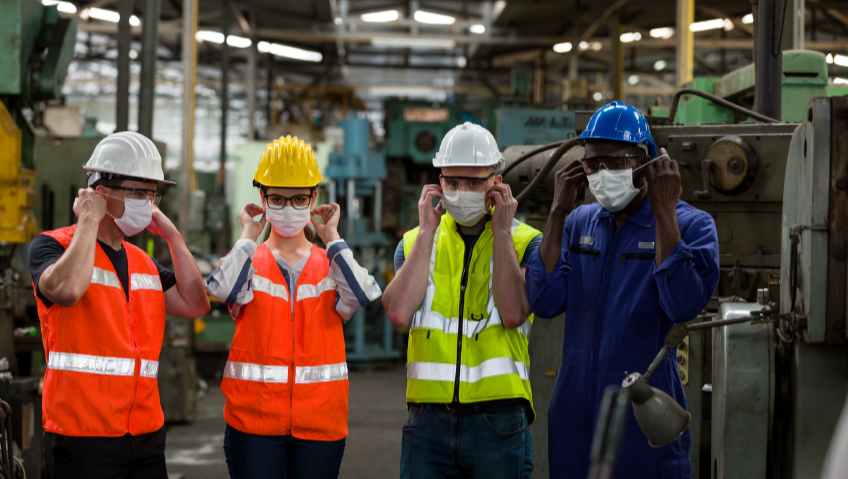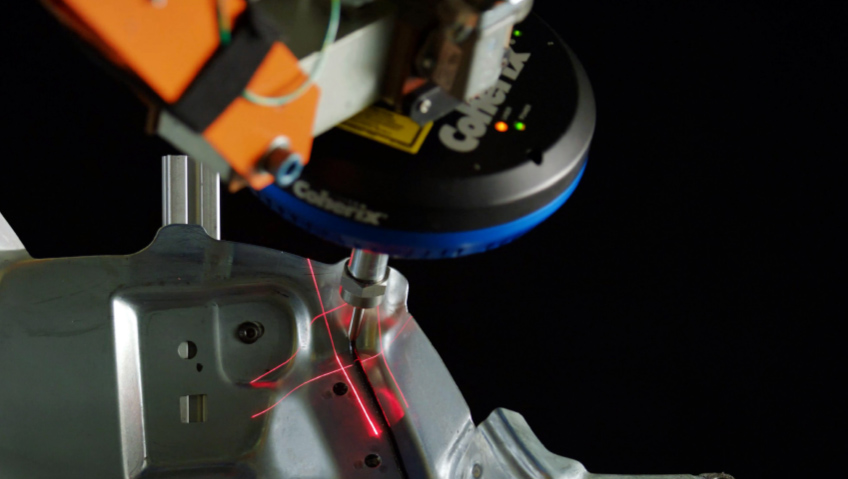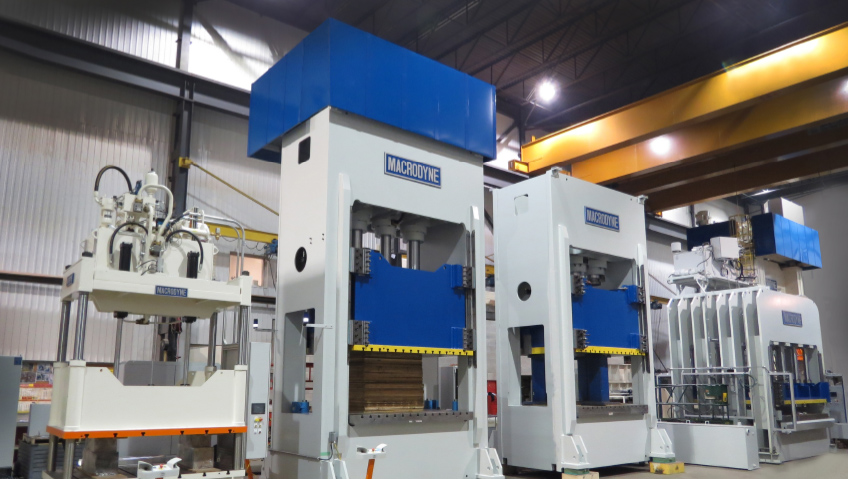The entire world is weary of hearing the word, but upon its arrival in 2020, Covid wreaked major havoc on our health, society, travel, business and pretty much every aspect of manufacturing across the globe. From medical equipment to automobiles, electronic parts and food products, the supply chain’s disruption is still being felt to this day, impacting numerous areas of daily life with soaring prices and the ongoing inability to access necessities.
When it comes to manufacturing, whether in regards to companies shutting down, employees working from home, or pivoting to hybrid employment, the pandemic has changed the face of doing business, perhaps permanently. In the wake of these unprecedented events, more and more companies are turning to Industry 4.0 initiatives, the expanding trend of automation and data sharing in industrial technology and processes, which includes The Internet of Things (IoT) The Industrial Internet of Things (IIoT) and Cyber-physical Systems (CPS) Smart Manufacture.
Industry 4.0 technologies were already having a significant impact on the transformation of manufacturers around the world before Covid’s emergence, but IoT, AI, analytics, and automation have all gained a new level of importance in recent years, with the pandemic further pushing businesses’ efforts to digitally modernize.
Gaining traction slowly at first, digital technologies are now being embraced rapidly by firms, with Qurate Research forecasting the industry will increase from $68 billion in 2018 to over $205 billion in 2025.
Covid has changed almost every manufacturer’s operational environment, and the adoption of Industry 4.0 will be critical to future success as the world slowly emerges from the pandemic’s grip. Information technology (IT) and operations technology (OT) integration, for example, bring together data that may drive efficiency and innovation, and in fact, the more digitally enabled a company is, the more equipped it is to deal with the next crisis down the road — and there will be another crisis.
However, business resilience isn’t the only area where Industry 4.0 has had a substantial impact. In certain cases, the speed with which manufacturers have been able to implement remote working has been astounding, with increasing levels of automation being seen throughout operations and the supply chain.
While the effects of Covid have been profound, the pandemic hasn’t put businesses on a new path, but instead sped up technical progress. Only 20.7 percent of manufacturing businesses polled by Deloitte evaluated themselves as “well equipped” to face the developing business models of Industry 4.0 a few years ago. However, according to a recent report by the Manufacturing Leadership Council, 45 percent of those polled indicated digitization was critical to their ability to respond to the epidemic, and another 53 percent expect Industry 4.0 adoption to accelerate as a result of their experiences.
Technologies from the fourth industrial revolution emerged as a crucial driver of resilient supply chains, allowing businesses to survive the pandemic, and investing in these technologies allows businesses to save money while also increasing agility in coping with any future difficulties.
New technology has proven to be one of the most dependable and responsive assets for a company’s personnel, allowing them to support industrial activities from a distance. With the help of digitization, employees were able to quickly react to a rapidly changing environment, absorbing new information and up-skilling in short learning cycles. But even if the benefits are obvious, most businesses have found it difficult to implement and use this type of technology at scale.
In light of Covid’s long-lasting and far-reaching effects, companies have little choice but to reassess their plans, and fourth-generation technologies are essential for maintaining or gaining a competitive advantage. Manufacturing’s future is about technology and people, and Industry 4.0 is helping companies augment workers’ capabilities, while providing the foundations that will lead to success and growth.
These technologies are also a critical component of digital supply chains. Intelligent goods and assets that can gather more data and integrate more deeply with horizontal business processes are increasingly being developed by companies, offering the potential to evolve from a factory-centric endeavour to a corporate-wide business strategy.
While Covid put a spotlight on companies’ short-comings, even before the pandemic, supply-chain and industry executives were warning about unpredictability. As companies adjust to the “new normal,” executives are wrestling with the longer-term question of how Covid will affect manufacturing and supply networks.
Most importantly, they will almost certainly be far more digital, as evidenced by the fast response to the crisis. Industry leaders are taking advantage of Industry 4.0 solutions with 39 percent establishing a strategy to boost end-to-end supply-chain transparency, and about a quarter accelerating automation programs to address Covid-related worker shortages.
The buzzword is “acceleration.” Before Covid, Industry 4.0 — which includes connectivity, advanced analytics, automation, and advanced manufacturing technologies — was gaining traction, assisting companies in transforming their operations in areas ranging from production efficiency to product customization, as well as improving speed to market, service effectiveness, and the creation of new business models.
Digital technologies will be at the forefront of many organizations’ plans as they consider how to restore operations and grow the strength needed to deal with future crises. According to a recent McKinsey survey of industrial and supply-chain executives, 93 percent plan to focus on supply-chain resilience, and 90 percent want to invest in skills for digitization.
Rapid acceptance of quick-win solutions that enable businesses to respond and adapt to changing norms, such as tracking employee health, enforcing safe distancing on the production floor, and promoting remote collaboration are all vital future considerations. Regardless of a company’s existing IT infrastructure, digital work instructions, augmented reality–based operator assistance, and use-cases relying on basic, inexpensive retrofit automation may become more common. Digital performance management (DPM) has been a popular early use case at a variety of enterprises, including many small precision-engineering firms where DPM pilots have helped raise productivity by 40 to 70 percent.
Covid has also greatly impacted labour availability. Domestic manufacturers are aiming to embrace Industry 4.0 technology to close the labour price gap in order to be cost competitive, and in order to achieve U.S. competitiveness and reshoring, new technologies are a game changer.
By enhancing efficiency, technology-friendly firms are driving competitiveness. As labour expenses become a smaller percentage of total costs, corporations that previously offshored due to low labour costs are increasingly favouring close proximity to the markets they serve, a process known as reshoring. According to a Gartner survey of 1,300 supply chain executives, 56 percent believe that automation would make onshore manufacturing economically viable.
To that end, accelerated adoption of various Industry 4.0 technologies that assist organizations in fast adapting to new norms may be the appropriate decision for companies to adopt without significant expenditure. Digital work instructions, augmented reality-based operator assistance, digital performance management (DPM), or simple retrofit automation are just a few examples of digital work instructions, or simple retrofit automation that may be enough to close a small TCO (total cost of ownership) gap to reshore.
Companies must decide whether to invest in Industry 4.0 in North America or offshore to countries with lower labour costs. The accuracy of cost measurement is critical to the study. Overcoming a 5 percent TCO difference has a far better ROI than overcoming a 20 to 30 percent FOB differential. Companies should maintain their focus on selling against imports by utilising TCO as a sales tool, as well as utilising Industry 4.0 technology to close any residual cost gaps.
We did not forsee the pandemic’s arrival, and certainly not its devastating effect on every area of our lives, both personally and professionally. As the world enters its third year of dealing with Covid and its outcomes, companies must address several issues and questions: How to make operations and the supply chain more resilient; are entirely self-contained supply chains on the horizon; are employees ready to work entirely from home or in a hybrid environment; is virtual and augmented reality capable of enabling remote working and maintenance, and how do you ensure that your increasing ecosystem of partners, suppliers, and customers is performing and sustainable?
Many believe Industry 4.0 is not only inevitable, fusing digital, physical and biological worlds via AI, IoT and other advanced technologies, it’s also beneficial, a movement to help the world unite through a convergence of technologies that can overcome not only this pandemic, but any that follow.
We’ve seen and experienced first-hand now how much damage can be done when supply chains that unite the world are severed. Mitigating the risks posed by manufacturing operations disruptions remains vital now and in the coming years. While the world continues to slowly work its way back to “normal,” the new normal may be forever altered.






